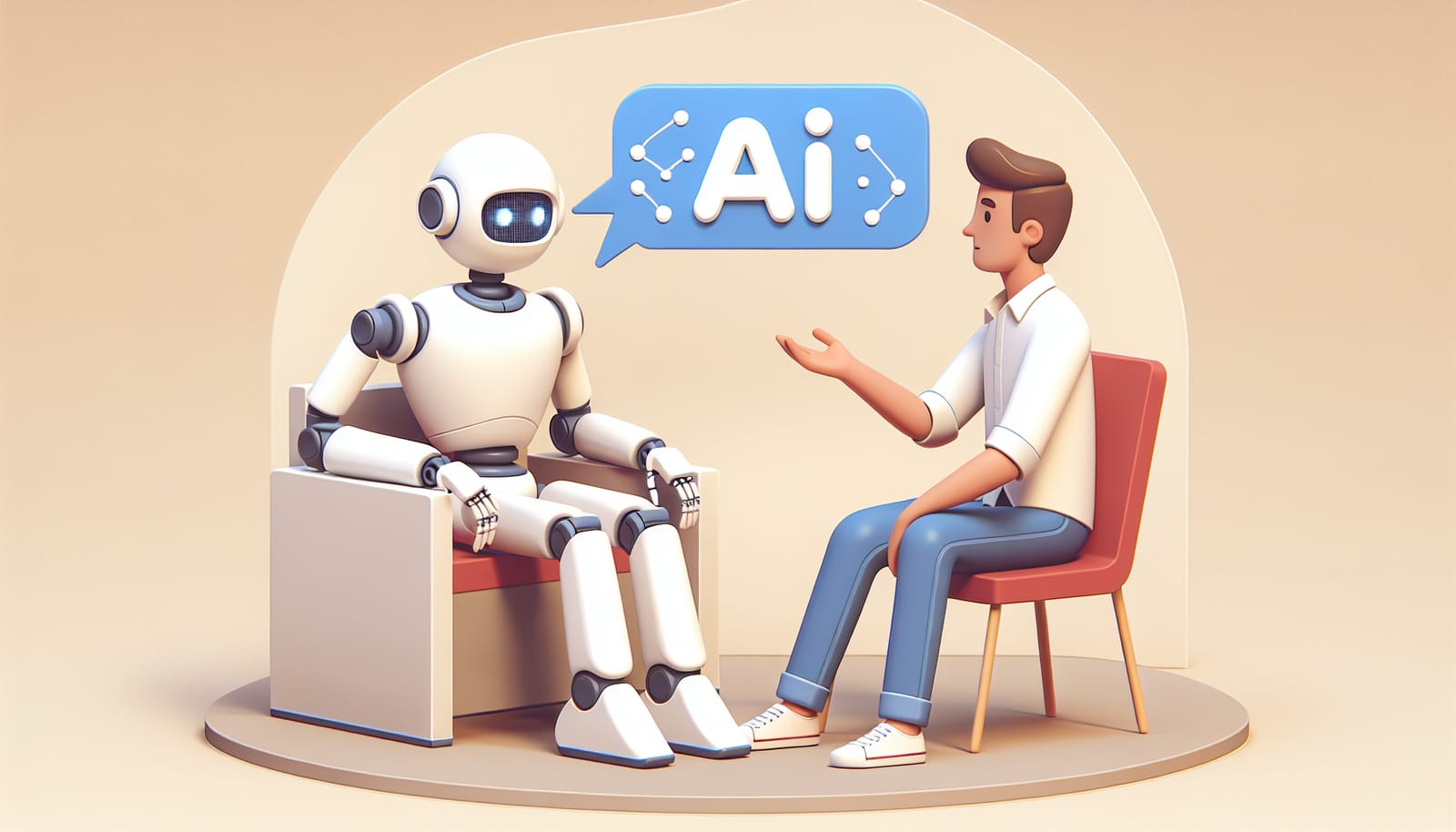In today’s fast-paced world, the workplace is evolving rapidly, and artificial intelligence (AI) is at the forefront of this transformation. From automating mundane tasks to enhancing decision-making processes, AI has the potential to significantly boost productivity and efficiency. But how can you, as a beginner, harness the power of AI in your daily work routine? Let’s dive deeper into this fascinating topic and explore the myriad ways AI can help you at work.
Understanding AI and Its Role in the Workplace
Before we get into the specifics of productivity tools powered by AI, it’s essential to understand what AI is. At its core, AI refers to the simulation of human intelligence in machines that are programmed to think and learn. This technology can perform tasks that typically require human intellect, such as problem-solving, understanding language, and recognizing patterns.
In the workplace, AI can streamline processes, reduce human error, and even assist in complex decision-making. Whether you’re in marketing, finance, healthcare, or any other field, AI tools can help you work smarter, not harder.
Types of AI Productivity Tools
AI productivity tools come in various forms, each designed to cater to different aspects of work life. Here are some popular categories:
1. Virtual Assistants
Virtual assistants like Google Assistant, Siri, and Alexa are becoming household names. In a professional setting, these AI tools can manage schedules, set reminders, and even control smart office devices. They can help you stay organized and focused, allowing you to concentrate on more critical tasks.
2. Project Management Tools
AI-driven project management tools such as Trello, Asana, and Monday.com incorporate intelligent features that optimize task assignments, track progress, and even predict project timelines based on historical data. By automating these processes, teams can collaborate more efficiently and meet deadlines with ease.
3. Communication Tools
AI is revolutionizing workplace communication through tools like Slack and Microsoft Teams. These platforms use AI to help filter messages, suggest responses, and even analyze team interactions to identify areas for improvement. This ensures that communication remains clear and effective, fostering a better collaborative environment.
4. Data Analysis Tools
For those working with data, AI tools like Tableau and Google Analytics offer powerful insights. These platforms can analyze large datasets and present trends and patterns that may not be immediately apparent. By leveraging AI in data analysis, you can make informed decisions that drive business success.
The Benefits of Using AI Tools at Work
Integrating AI into your work life comes with a host of benefits. Here are just a few:
- Increased Efficiency: AI tools can automate repetitive tasks, freeing up your time for more strategic work.
- Enhanced Accuracy: By minimizing human error, AI helps ensure that your work is precise and reliable.
- Better Decision-Making: With data-driven insights, AI can guide you toward making informed and strategic decisions.
- Improved Collaboration: AI-powered communication tools create a more connected and engaged team environment.
Getting Started with AI Tools
Getting started with AI productivity tools doesn’t have to be overwhelming. Here are some practical steps to ease you into this exciting technology:
1. Identify Your Needs
Begin by assessing your daily tasks and identifying areas where you could use assistance. Whether it’s managing your calendar, organizing projects, or analyzing data, knowing your needs will help you choose the right tools.
2. Research Available Tools
Once you’ve pinpointed your needs, research AI tools that cater to those areas. Look for user reviews, features, and pricing to find the best fit for your work style.
3. Start Small
As a beginner, it’s wise to start with one or two tools that address your most pressing needs. Familiarize yourself with their features and capabilities before expanding your toolkit.
4. Embrace Continuous Learning
AI technology is constantly evolving, so staying updated with the latest trends and tools is essential. Take advantage of online courses, webinars, and tutorials to expand your knowledge and skills.
Overcoming Challenges with AI
While the benefits of AI tools are clear, it’s also essential to acknowledge potential challenges. Some may fear that AI will replace human jobs, but the reality is that AI is designed to augment human capabilities, not replace them. It’s about finding a balance where AI handles repetitive tasks, allowing you to engage in more creative and strategic work.
Another challenge is the learning curve associated with new technologies. However, most AI tools are designed with user-friendly interfaces, making it easier for beginners to adapt. Don’t hesitate to seek support from colleagues or online communities if you encounter difficulties.
The Future of AI in the Workplace
As AI technology continues to advance, its potential in the workplace is limitless. We can expect to see even more sophisticated tools that will integrate seamlessly with our daily tasks, allowing for a more efficient and productive work environment.
Imagine a future where AI not only assists you in your daily tasks but also predicts your needs based on your work patterns. This vision is not far-fetched; many companies are already exploring personalized AI solutions to enhance employee productivity.
In conclusion, AI has the potential to revolutionize the way we work. By leveraging AI productivity tools, you can streamline your tasks, enhance collaboration, and make data-driven decisions that propel your career forward. The key is to embrace this technology with an open mind and a willingness to learn.
So, are you ready to harness the power of AI in your workplace? Start exploring the tools that resonate with your needs, and watch as your productivity soars to new heights. The future of work is here, and it’s powered by AI!


